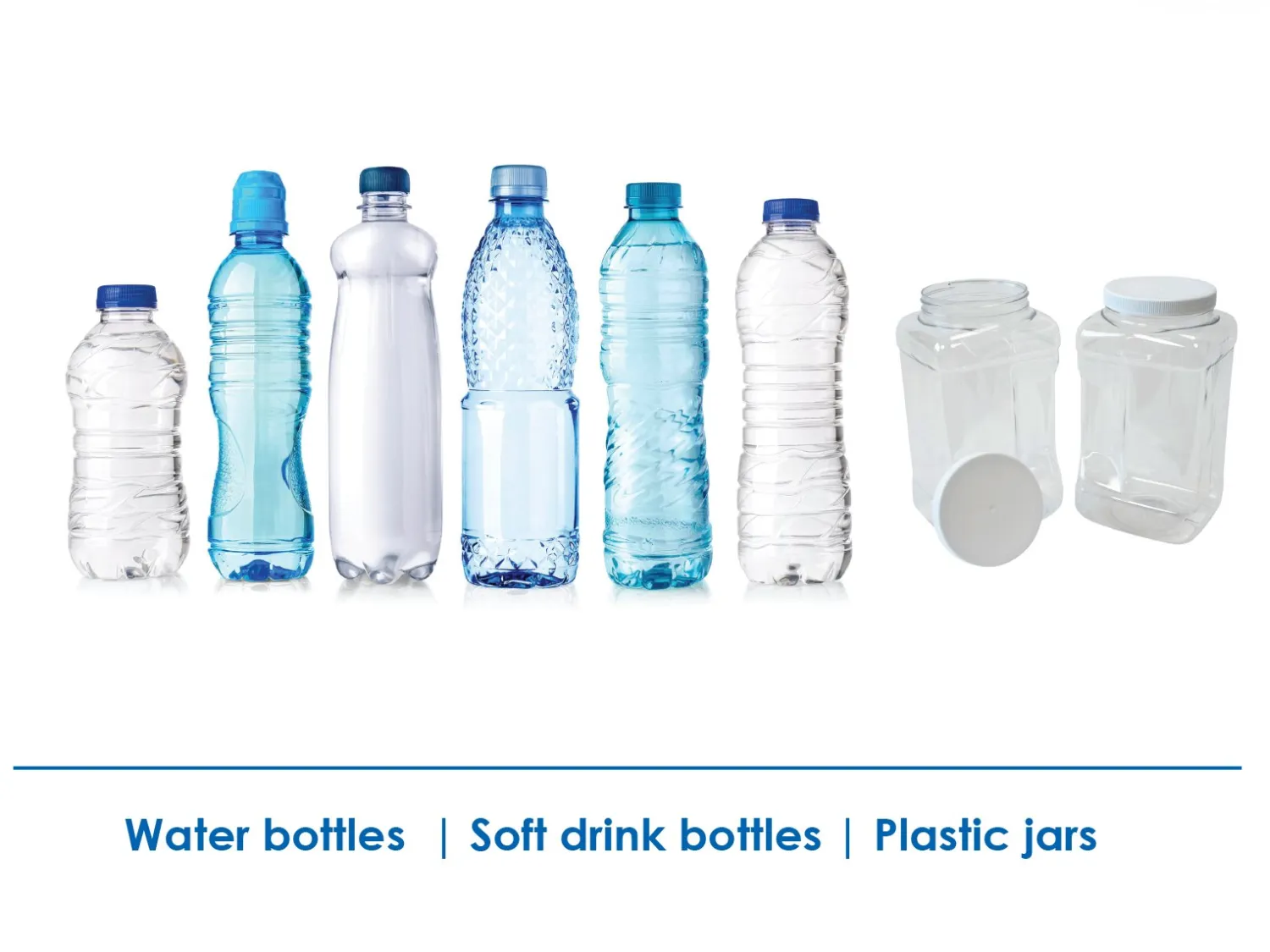Maximizing efficiency in PET (polyethylene terephthalate) recycling is essential for reducing environmental impact and enhancing operational productivity. To achieve this, consider the following strategies:
1. Select Appropriate Machinery
Choosing the right PET recycling machine is crucial. Evaluate factors such as:
• Capacity Requirements: Ensure the machine can handle your expected volume.
• Input Quality: Assess the cleanliness and type of PET materials to be processed.
• Output Specifications: Determine the desired quality and form of the recycled PET.
• Technological Features: Look for machines with advanced sorting, washing, and decontamination capabilities.
• Cost Considerations: Balance initial investment with long-term operational expenses.
For instance, RUMTOO’s PET Bottle-to-Bottle System offers turnkey solutions, including food-grade PET production lines, demonstrating the importance of selecting machinery that aligns with specific recycling goals.
2. Implement Advanced Sorting and Cleaning
Effective sorting and cleaning are vital for producing high-quality recycled PET.
• Automated Sorting Systems: Utilize technologies like near-infrared (NIR) spectroscopy and optical sorting to accurately separate PET from other materials.
• Comprehensive Washing Processes: Incorporate hot and cold washing stages, friction washers, and drying units to remove contaminants such as labels, adhesives, and residues.
Rumtoo offers washing and decontamination lines that produce food-grade flakes suitable for new containers, highlighting the importance of thorough cleaning in the recycling process.
3. Optimize Process Parameters
Fine-tuning operational parameters can significantly enhance efficiency.
• Temperature Control: Maintain optimal temperatures during extrusion and pelletizing to ensure consistent product quality.
• Vacuum Levels: Adjust vacuum settings in decontamination units to effectively remove impurities.
• Residence Time: Control the duration materials spend in reactors to achieve desired intrinsic viscosity (IV) levels.
NGR’s P:REACT system exemplifies this approach by using Liquid State Polycondensation (LSP) to transform PET waste into food-grade recycled PET efficiently.
4. Regular Maintenance and Staff Training
Consistent maintenance and skilled personnel are key to sustained efficiency.
• Scheduled Maintenance: Perform routine checks and servicing to prevent unexpected downtime.
• Employee Training: Educate staff on machine operation, safety protocols, and troubleshooting to maintain smooth operations.
5. Stay Informed on Technological Advancements
The PET recycling industry continually evolves with new technologies and methods.
• Biocatalytic Depolymerization: Research into enzyme-mediated processes offers potential for more sustainable recycling methods.
• Innovative Recycling Systems: Companies like Rumtoo are developing advanced PET recycling technologies, such as the EC process, to improve efficiency.
By integrating these strategies, businesses can enhance the efficiency of their PET recycling operations, contributing to environmental sustainability and economic viability.



